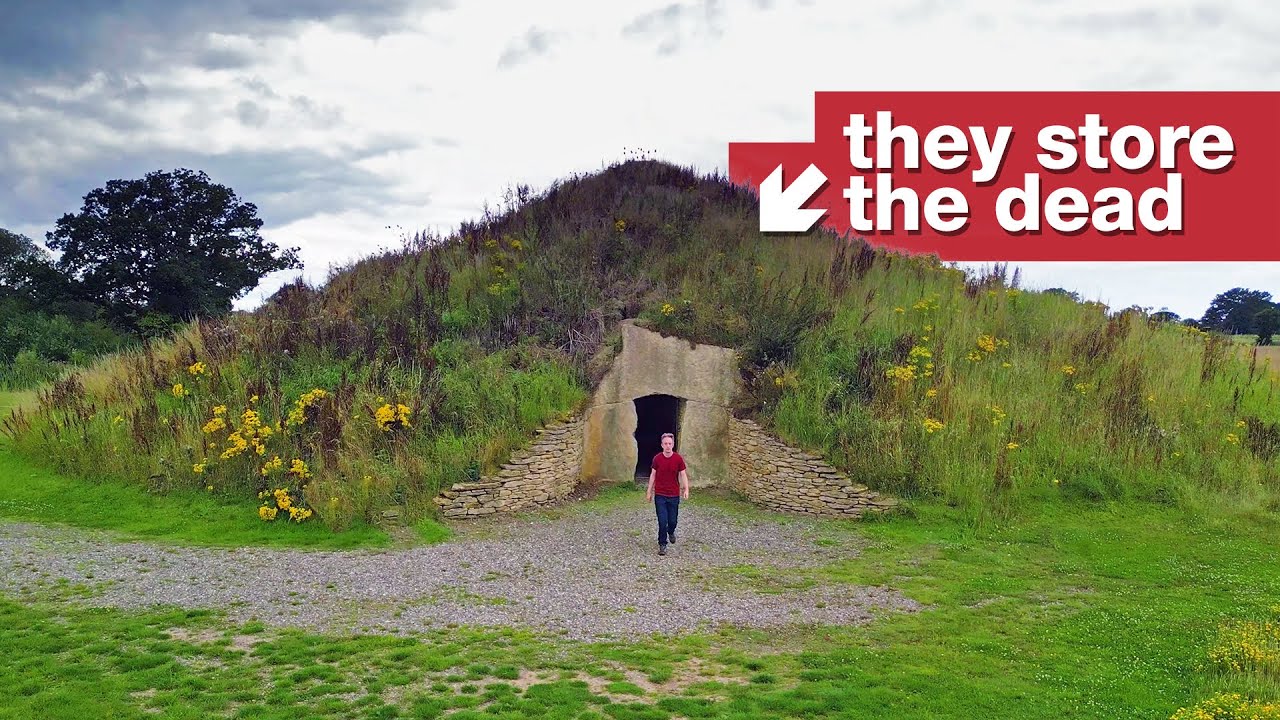Long barrows are monuments built in Western Europe during the early Neolithic period, between 5000 and 4000 B.C. Around 40,000 long barrows have been identified as surviving to the present day. Some were made from stone, and are considered the oldest widely spread stone construction ever found.
Nobody is sure precisely why they were built or what purpose they served. Hypotheses include their being religious sites, burial grounds, or territory markers. Some have been found to contain human remains, but it is unclear whether they were originally burial grounds or re-used later for that purpose.
The Soulton Long Barrow in Shropshire, England is one of the first long barrows built in thousands of years.
